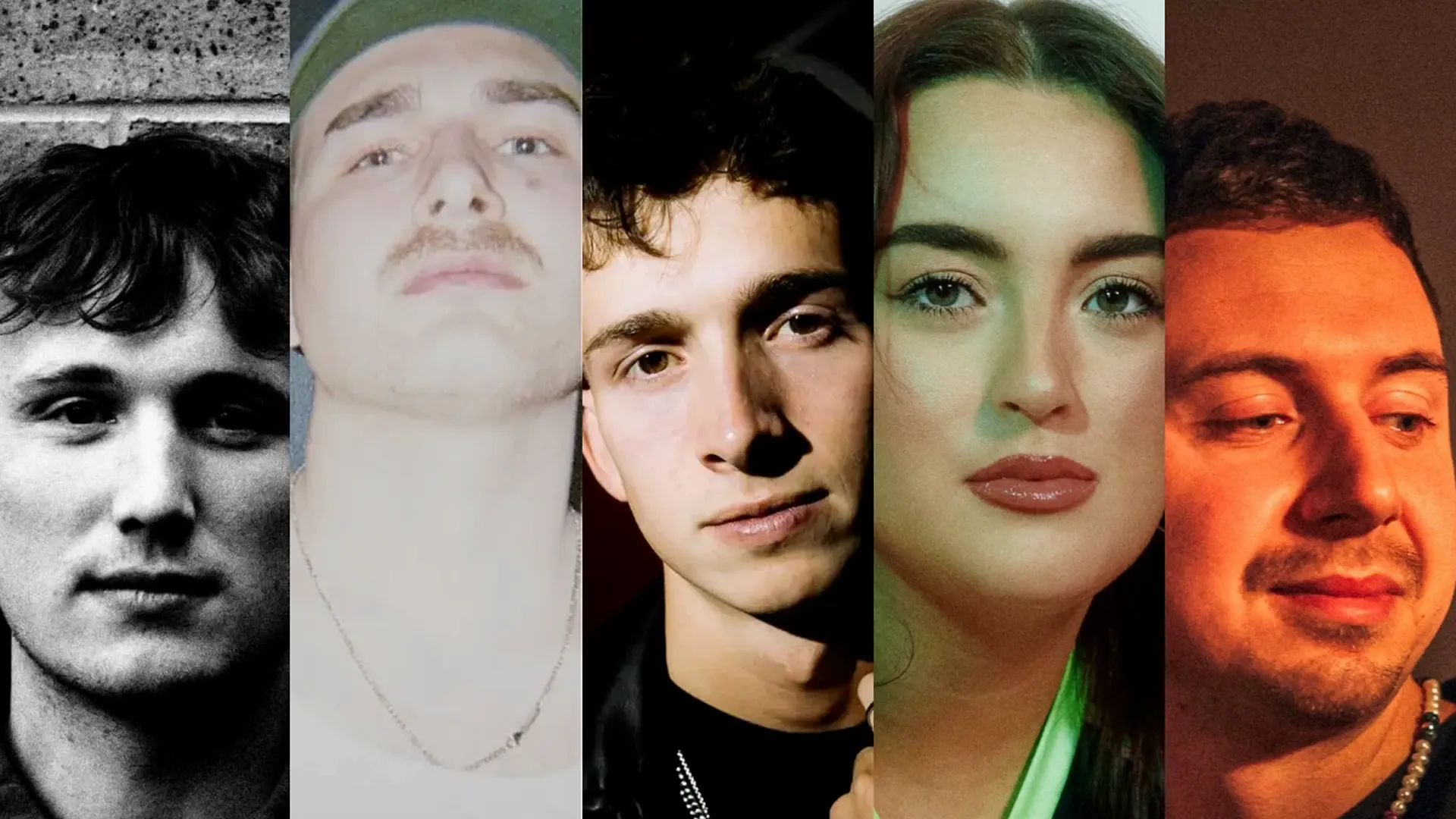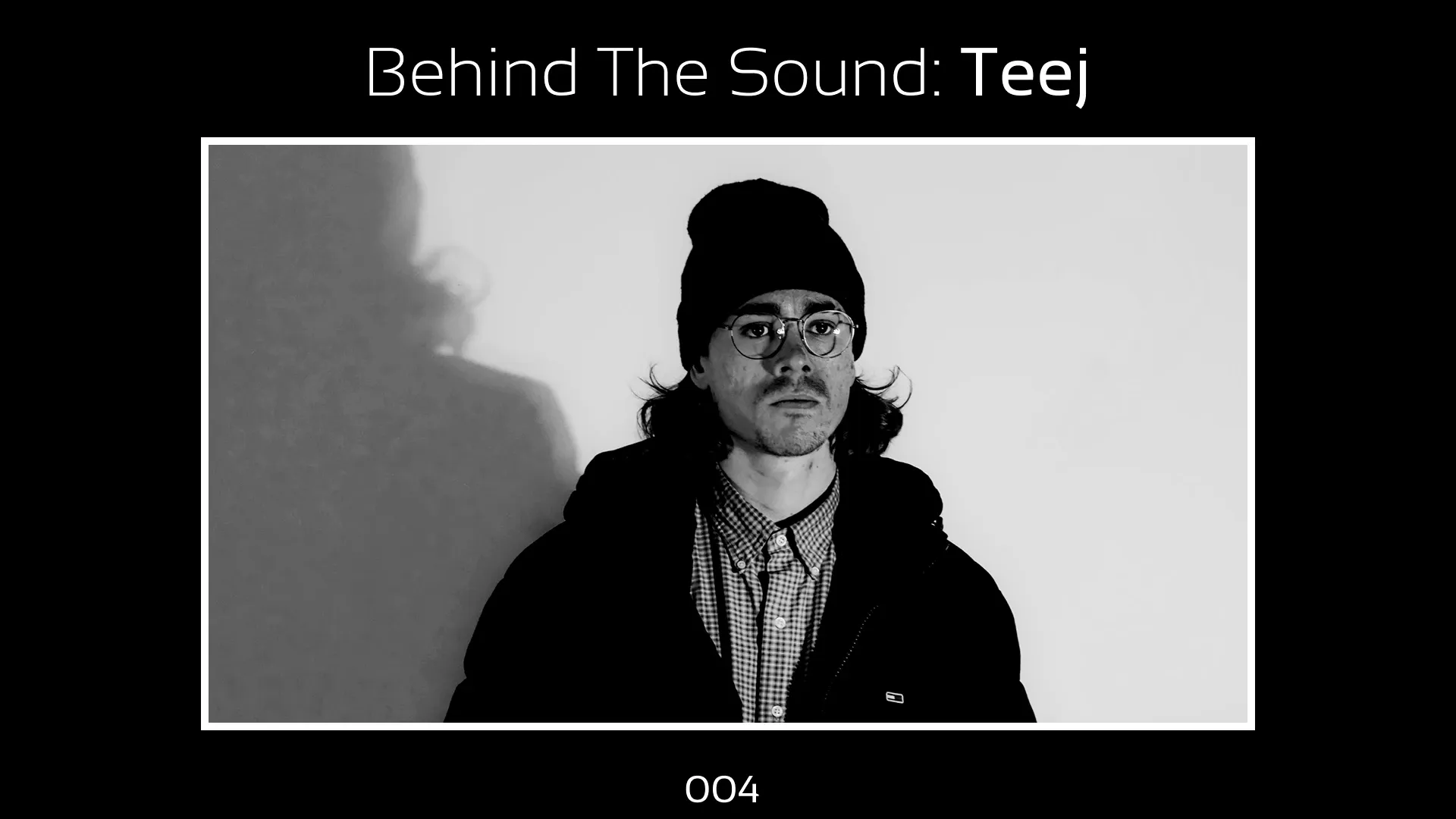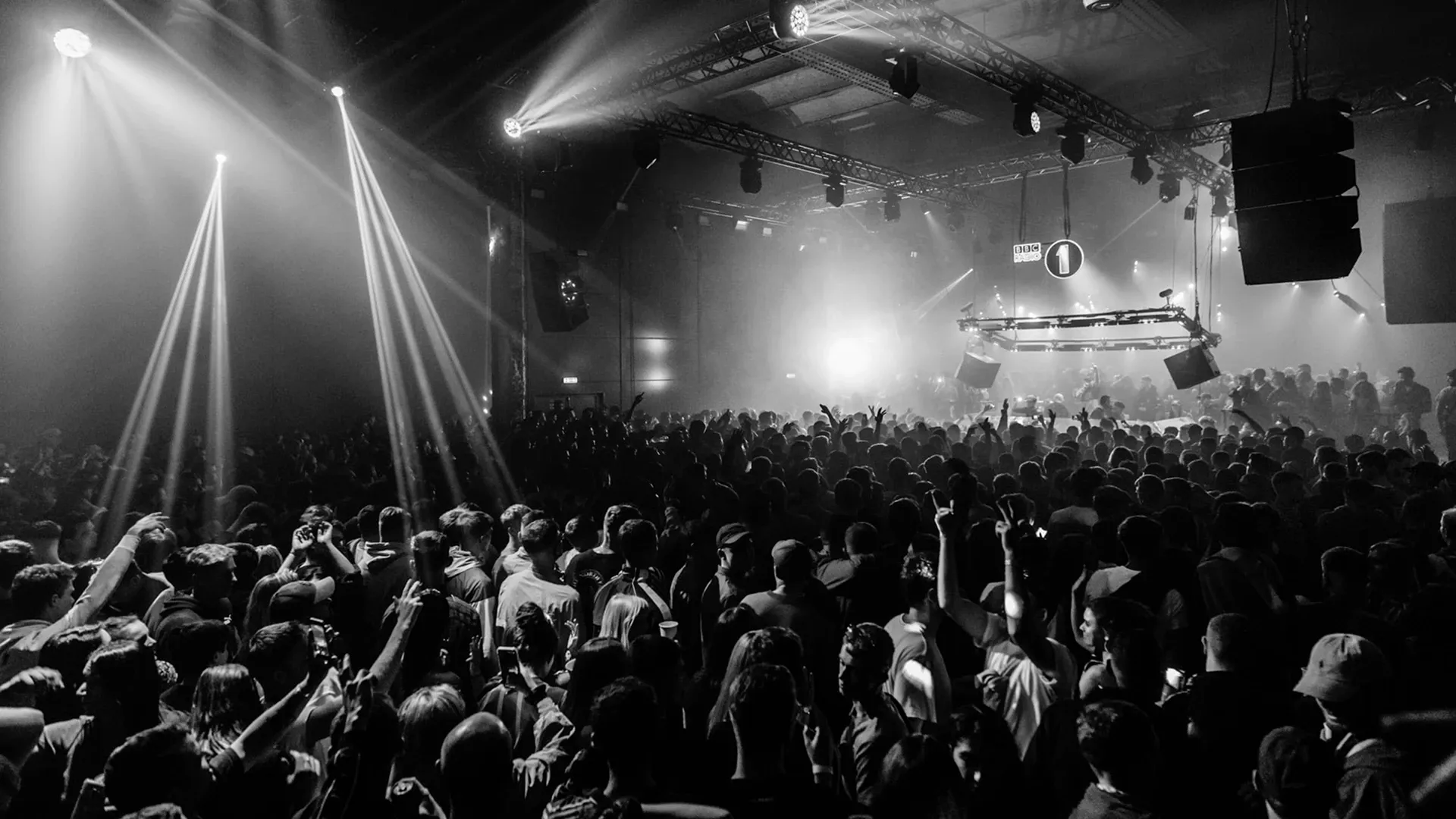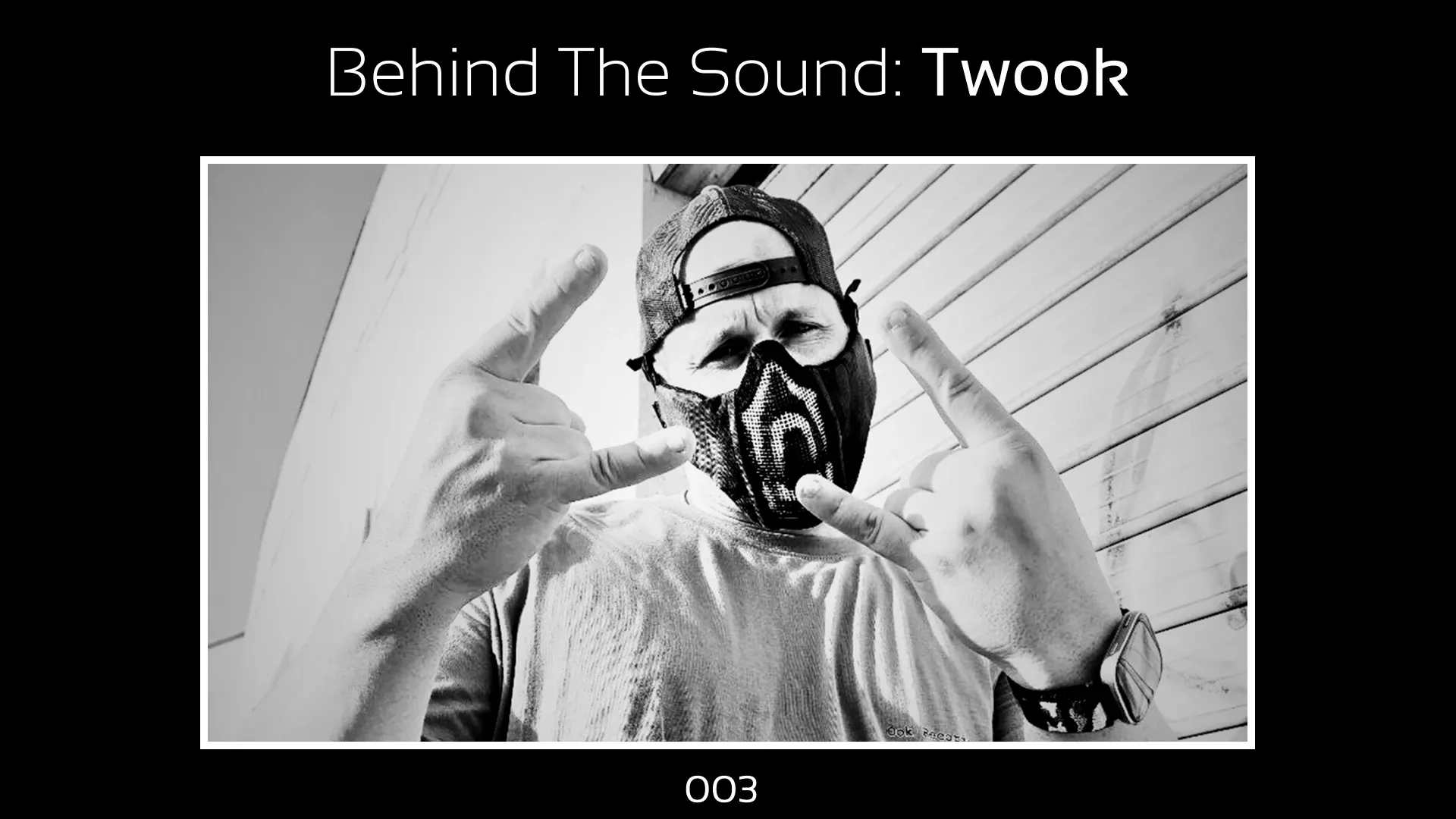Ravers on Camera: How the Dancefloor has Become a Stage
As social media reshapes nightlife, today's rave scene is more visual than ever. From curated outfits to viral dancefloor moments, learn about how the rave has become a stage for the digital generation.
2 minutes read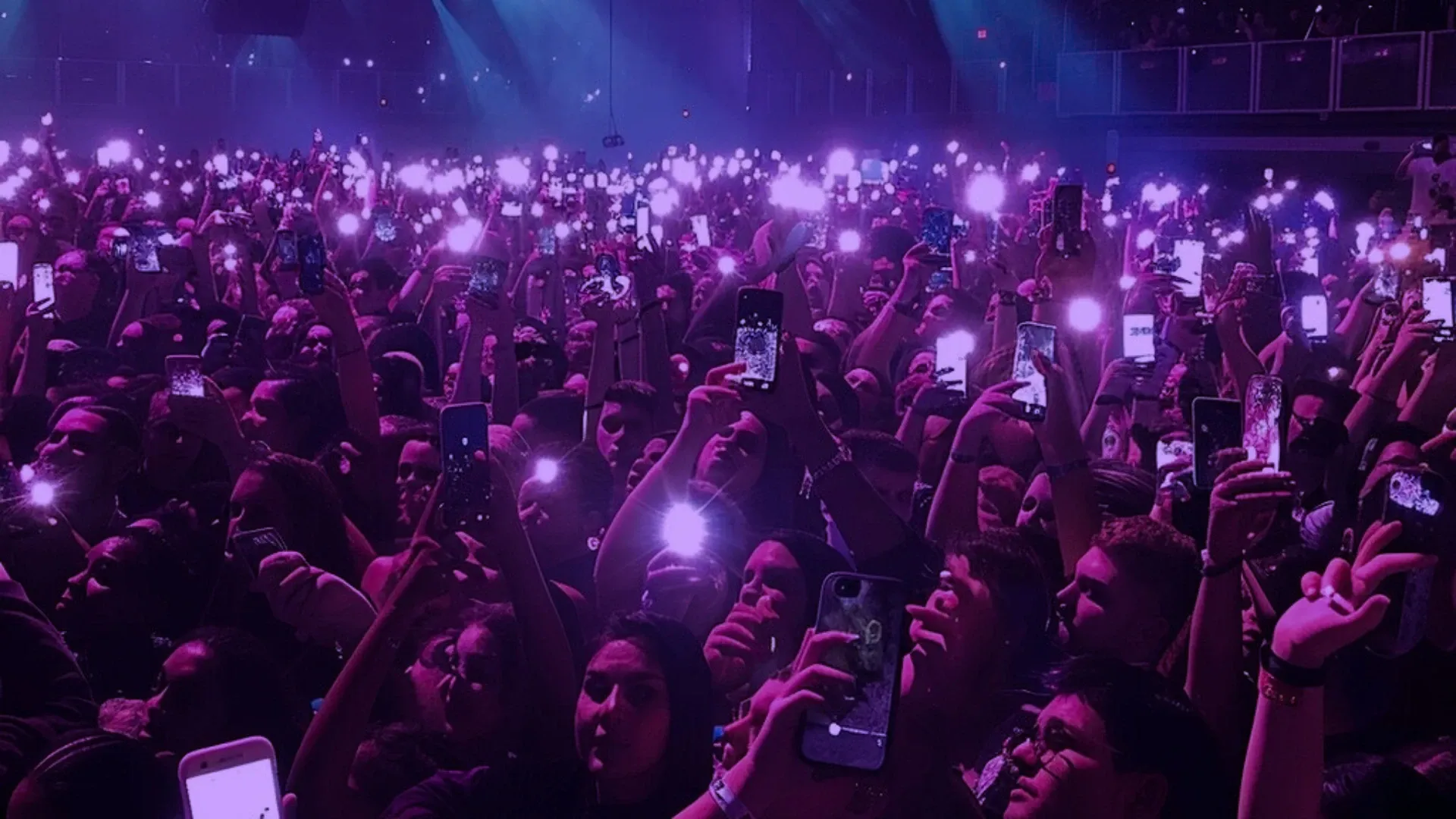
Intro
Once upon a time, the underground rave was a space of anonymity, dim lights, no phones, and unfiltered expression. But in 2025, the dancefloor is a visual spectacle; from fashion-forward ravers to viral-ready choreography, club culture is more photogenic than ever, and it's reshaping how dance music scenes present themselves to the world.
A New Era of Nightlife Aesthetics
The rise of platforms like TikTok and Instagram Reels has turned nightlife into a performance space. Ravers document outfits, share snippets of DJ sets, and film themselves dancing, not just for memories, but for content. As a result, dance music events are adapting visually: lighting design, stage aesthetics, and even dress codes are evolving to suit the camera lens.
Some promoters lean into it, creating hyper-stylised environments. Others push back, enforcing phone-free zones or banning flash photography to preserve the old-school feel. Either way, the tension between visibility and privacy is redefining the vibe.
From DIY to Designer
Fashion plays a key role in this transformation. Ravers today blend archival ravewear with high fashion, streetwear, and gender-fluid aesthetics. Outfits are curated for both comfort and visual impact, reflecting a broader shift in underground scenes toward performative self-expression.
This isn’t entirely new, look at NYC's Clubbers of the '90s or Berlin's techno avant-garde. However the difference now is scale and speed, a single post can introduce a local scene to a global audience overnight.
The Pros and Cons of Going Viral
For unknown artists and emerging scenes, this visibility can be a blessing. Clips of energetic dancers or euphoric drops can draw attention to under-the-radar DJs and labels. Scenes like South London bass or queer techno collectives in Lisbon are finding wider audiences through aesthetic virality.
But it comes with downsides: attention chasing, superficial engagement, and the risk of turning once-authentic communities into backdrops for content. There's also the issue of consent, not everyone wants to be filmed mid-rave.
Balancing the Look and the Feel
The challenge now is finding balance. How do club spaces remain inclusive, raw, and real while embracing a more visual culture? How can artists and promoters protect intimacy without rejecting relevance?
As dancefloors become both stage and sanctuary, the future of nightlife might depend on how we document it and who gets to hold the camera.
